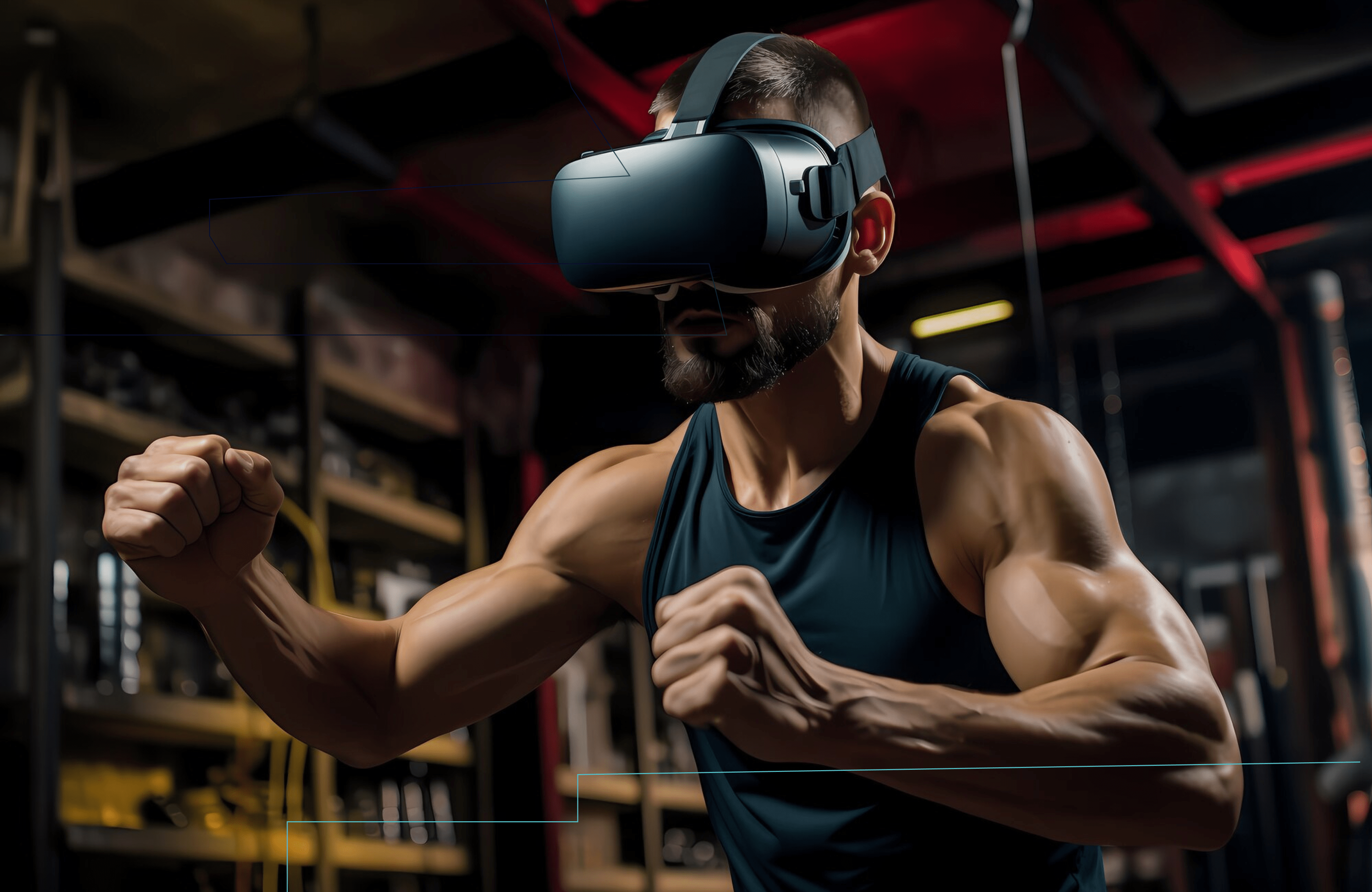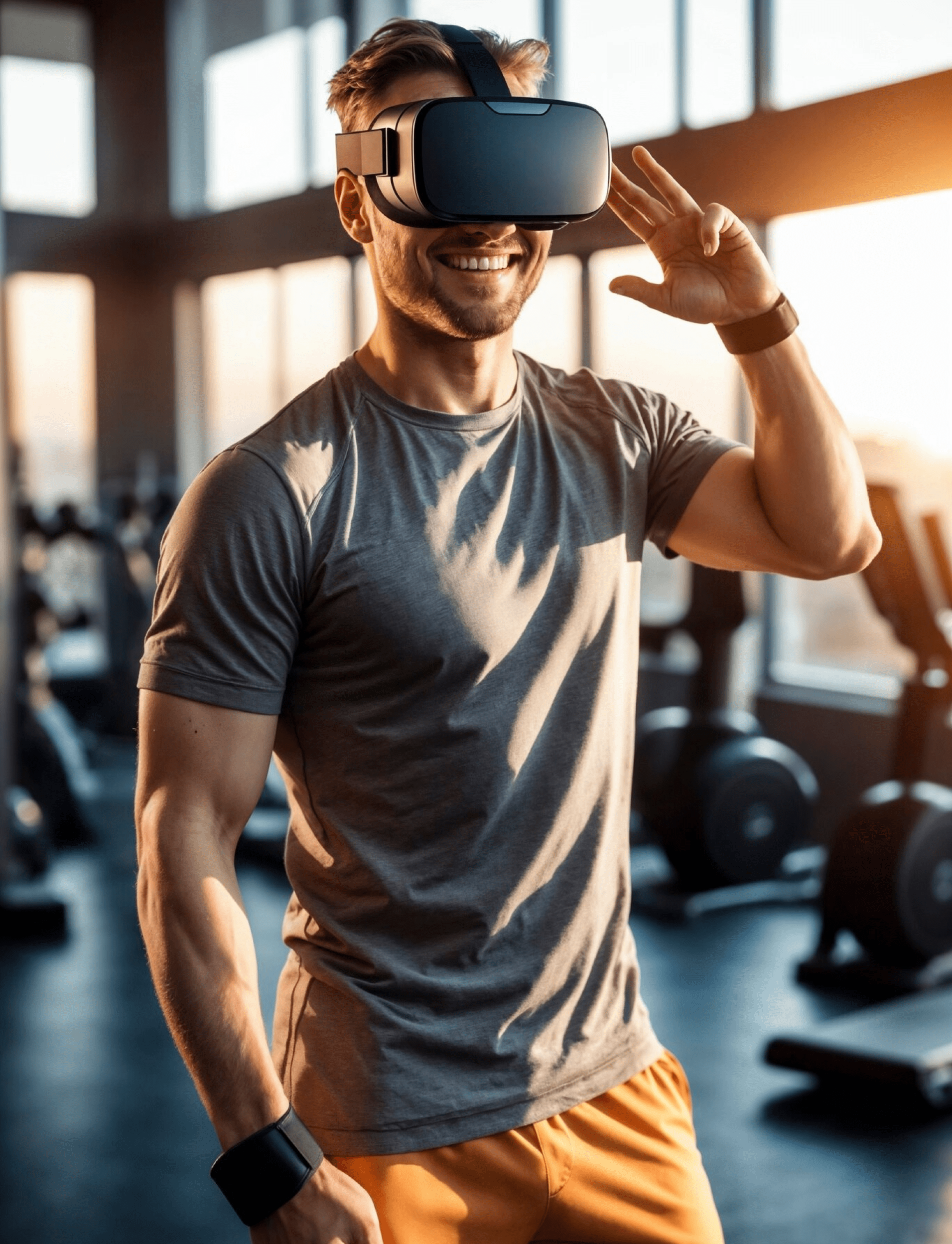Benefits:
Immersive Learning Experience:
Enhanced Engagement: The use of AR and VR technologies creates an immersive learning environment that replicates real-world scenarios, making training more engaging and realistic.
Statistical Insight: Studies indicate a 30% increase in training efficiency and a 25% improvement in learning retention when using VR for fitness training compared to traditional methods.
Safe and Controlled Environment:
Risk-Free Practice: Instructors can experiment with different coaching techniques and scenarios without the risk of injury or negative consequences.
Performance Improvement: Real-time feedback helps instructors correct their techniques immediately, reducing the likelihood of developing bad habits.
Real-Time Feedback for Improvement:
Instant Analysis: AI-driven feedback systems provide real-time analysis of posture, technique, and movement efficiency, allowing instructors to make immediate adjustments.
Data-Driven Insights: Detailed analytics help instructors understand their strengths and areas needing improvement, fostering continuous development.
Scenario Customization for Versatility:
Tailored Training: Customizable training scenarios prepare instructors for a wide range of fitness class formats and client demographics, enhancing their versatility.
Advanced Preparation: Instructors can practice handling various challenges, such as client fatigue or equipment malfunctions, improving their problem-solving skills.
Progress Tracking and Analytics:
Performance Metrics: Robust tracking systems record performance metrics, session completion times and improvement trends, providing a comprehensive view of an instructor's progress.
Predictive Analytics: Predictive analytics can forecast future performance trends, helping instructors and organizations proactively address potential areas of concern.
Enhanced Engagement and Motivation:
Interactive Elements: The interactive nature of VR simulations and the gamification elements contribute to increased engagement and motivation during training sessions.
Statistical Insight: AR-enhanced training has shown to increase exercise adherence and accuracy by 20%, according to a 2023 study by the Journal of Sports Science & Medicine.
Peer Collaboration and Learning:
Multiplayer Functionality: Networked VR environments enable multiple instructors to participate in the same training session, fostering collaborative learning and peer feedback.
Team Dynamics: Team training scenarios help instructors develop skills in managing group classes and working collaboratively to solve problems.
Flexibility and Inclusivity:
Cross-Platform Accessibility: Ensures that team members can join virtual meetings from various devices, promoting flexibility and inclusivity for a diverse workforce.
Remote Access: Instructors can participate in training sessions from anywhere, reducing the need for travel and making training more accessible.
Reduced Travel Costs and Carbon Footprint:
Cost Savings: Virtual training reduces the need for extensive travel, leading to significant cost savings for the organization.
Environmental Impact: By minimizing travel, the organization can also reduce its carbon footprint, contributing to sustainability goals.
Competitive Advantage:
Market Leadership: By adopting cutting-edge AR and VR technologies, the fitness brand positions itself as an industry leader in innovation and training excellence.
Client Attraction: Enhanced training programs attract high-quality instructors and clients, boosting the brand's reputation and market share.




